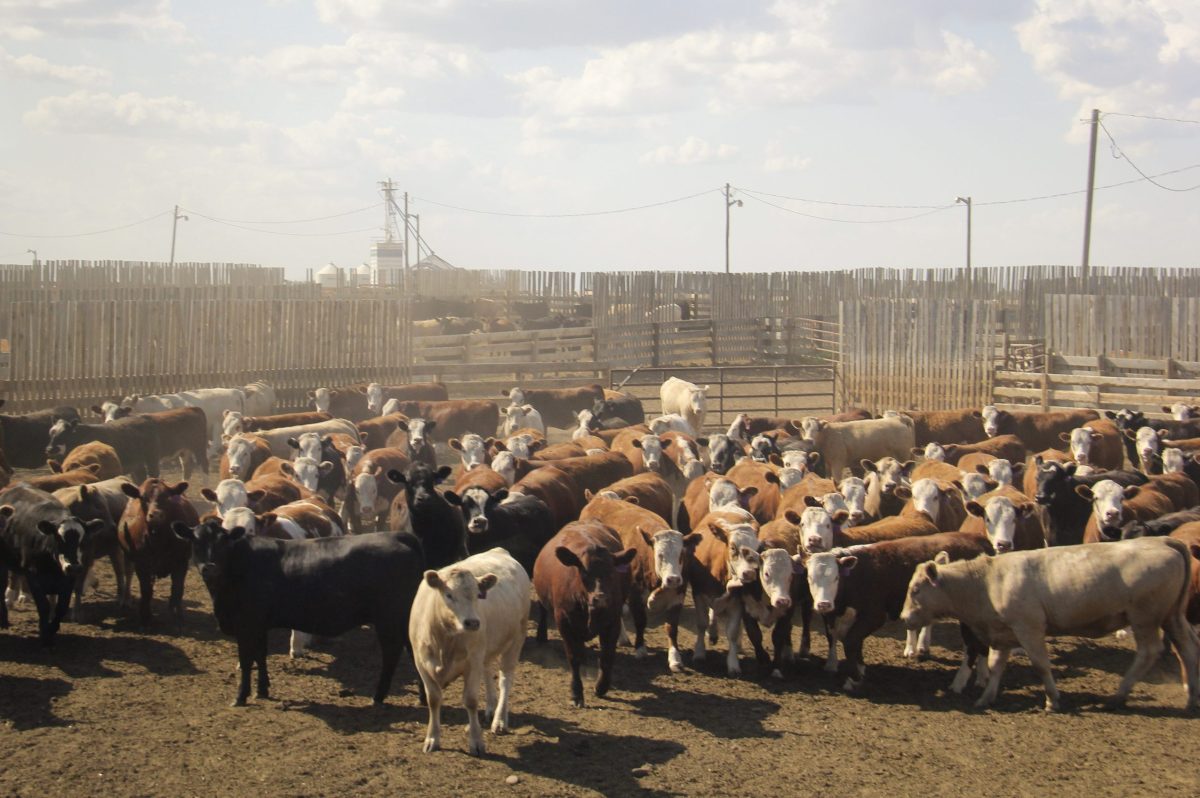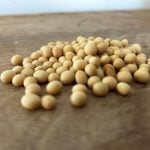Chicago | Reuters — U.S. soybean futures neared a one-year high on Friday as concerns mounted about crop losses from a searing drought in Argentina, the world’s biggest exporter of soymeal and soyoil.
Argentina, which is also the world’s No. 3 supplier of soybeans and corn, has been grappling with dry weather since late last year. The effects are becoming apparent as crops are in the sensitive yield-formation stages.
“Bottom line is we’re still losing the yield,” said Rich Nelson, chief strategist for Illinois-based broker Allendale.
Read Also

U.S. livestock: Cattle, hog futures rise on first WASDE since September
Chicago cattle and hog futures made modest gains on Friday after the USDA released its first World Agricultural Supply and…
The most actively traded May soybean contract on the Chicago Board of Trade (CBOT) closed up 4-1/4 cents to $10.47-1/2 a bushel after touching $10.50-3/4 earlier in the session (all figures US$). That was the highest price for a most-active contract since March 2, 2017.
Soyoil futures also rose, while soymeal futures declined in a setback from recent rallies.
CBOT May wheat was flat at $4.64-1/4 a bushel, while May corn slipped 1/4 cent to $3.74-1/2 a bushel.
Large speculators raised their net long positions in soybean and corn futures in the week ended on Feb. 20, according to U.S. Commodity Futures Trading Commission data. The moves signal investors have grown more bullish on the markets.
“Weather forecasts in Argentina show no sign of a pattern change yet,” CHS Hedging said in a note.
Some analysts project a record-large soybean harvest in Brazil, the world’s top exporter of the oilseed, will help offset Argentina’s crop losses. Brazil-based consultancy Agroconsult raised its estimate for the country’s soybean harvest in the 2017-18 crop cycle.
However, traders still added premium to the soy market ahead of the weekend to offset the risk of more damage to Argentina’s harvests, said Brian Hoops, president of broker Midwest Market Solutions.
“We’re going to put that premium in prior to the weekend instead of after it happens,” he said.
Traders expect global buyers to shift purchases of soymeal, a livestock feed, to the U.S. from Argentina. But weekly U.S. soymeal export sales, reported on Friday by the U.S. Department of Agriculture, were weak at 131,900 tonnes. Analysts had expected 200,000 tonnes to 450,000 tonnes.
Separately, USDA projected the 2018 U.S. corn and soybean harvests will be smaller than last year. Corn ending stocks for the 2018-19 crop year were pegged at 2.272 billion bushels, or three per cent lower than the prior marketing year. Soybean ending stocks were seen falling by 13 per cent to 460 million bushels.
— Tom Polansek reports on agriculture and agribusiness for Reuters from Chicago; additional reporting by Naveen Thukral in Singapore and Gus Trompiz in Paris.
















